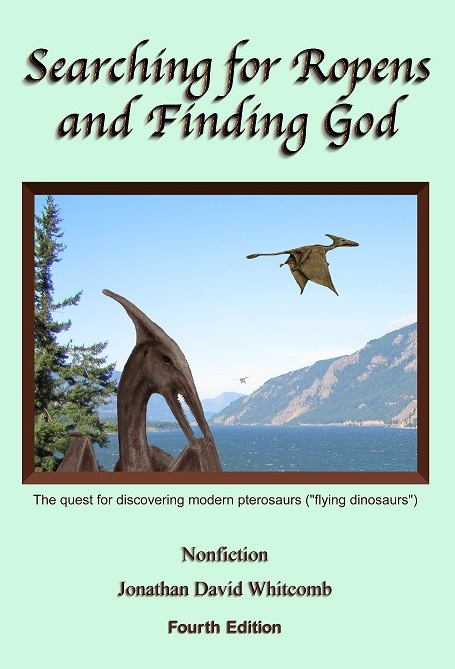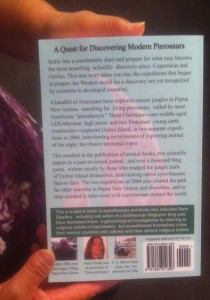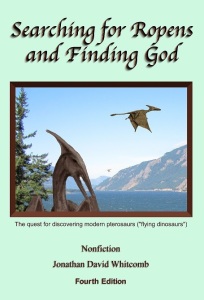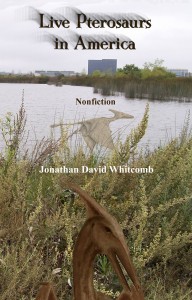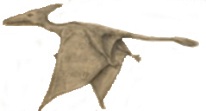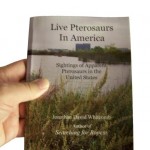Searching for Ropens and Finding God was published on April 18th, the third edition of the book that I started writing, in its first edition, in 2005. It’s the fruit of thousands of hours of research and writing, but why should it be labeled “the Bible of modern pterosaurs?” At 9×6 inches, with 353 printed pages, it covers eyewitness sightings from around the world, including Europe, Africa, North America, and the southwest Pacific (including Australia and Papua New Guinea). New chapters were added to the second edition, including Chapter 21: “Pterosaurs in the USA,” which chapter by itself is 100 pages. Judge the quality of the book for yourself, but it’s much bigger than anything else I’ve written.
Herodotus, known as the “father of history,” is reported to have said, “wings are not feathered, but resemble very closely those of the bat,” when he referred to the “winged serpents” known in Egypt and Arabia in his time; yet no mention is made of Herodotus in Searching for Ropens and Finding God, for that historian lived twenty-four centuries ago, and my book really is about modern pterosaurs.
The fiery flying serpent flies through but a few paragraphs, for although Moses lived many centuries ago, featherless long-tailed winged creatures are tied to the real Bible in my “Bible of modern pterosaurs.” Yet many pages promoting disbelief in the General Theory of Evolution were removed from earlier editions of my book. I have assumed that readers of this third edition will already believe in God, with little need for me to provide additional evidences for literal interpretations of the Old Testament, so this book is filled much more with astonishing eyewitness encounters.
.
Searching for Ropens and Finding God (back cover)
.
Quoting from page 179 of the book (sighting in Maryland):
On September 15, 2013, I received an email just one hour after the sighting:
.
“This may not seem strange to you but it was certainly the first time I have had a sighting of a pterodactyl. It was around 12:30 p.m., sunny skies, cooler temperatures (75 degrees). It was extremely large (way too large to be considered an eagle and there were no feathers). The head was certainly noticeable and the large wing span and tail. The skin was grey (?) in color and wrinkled. Flying alone..
“Not sure if you are still keeping tract of them but one was spotted in Maryland today, 9/15/2013. Super amazing. . . . I will never forget it.”
IMPORTANT UPDATE:
The fourth edition of this nonfiction paperback on modern pterosaurs is being published around the first week of November, 2014. This supersedes the third edition, with a few new sighting reports and many minor revisions and corrections. Purchase the newer edition, for it’s at the same price.
.
###
Ropen (sighting in Africa, quoting from Searching for Ropens and Finding God)
“It was very large, about 4 or 5 feet in height. It . . . [had] no feathers. It was leathery looking. It had a large long, wide beak and the classic appendage (the long bone looking thing sticking out the back of its head). . . . It had really large black claws and its tail looked like a lion’s tail . . . very long and had a bushy or hairy tip” . . .
.



